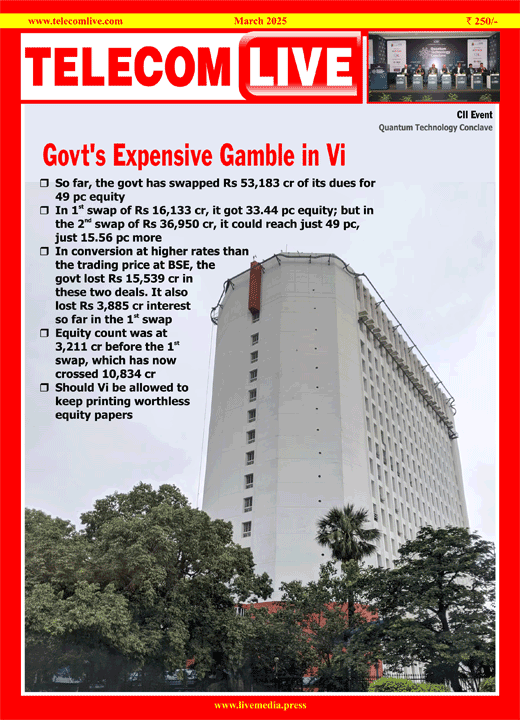ZTE Introduces D³-ELAA for 5G-A Networks and Seamless Mobile Experience
ZTE Corporation has introduced the D³-ELAA (Dynamic, Distributed and Deterministic Extremely Large Antenna Array) solution, aiming to advance 5G-A networks and future mobile network evolution. This cutting-edge technology ensures a seamless user experience with minimal variation.
The launch of the ZTE D³-ELAA solution not only establishes the company as a leader in the field but also marks a significant shift towards prioritizing user-centric network development strategies.
Enhancing network performance has always been a primary goal of the industry. In the 4G era, MIMO technology introduced beamforming capabilities. ZTE pioneered Massive MIMO technology during the pre-5G phase, increasing antenna numbers significantly to enable efficient multiplexing, enhance data rates, and bolster cell capacity, thereby playing a crucial role in driving the adoption of 5G technology.
Conventional mobile networks, which rely on a “cell-centric” model, have resulted in inconsistent user experiences. Users located near the center of cells typically enjoy robust connectivity, whereas those at the edges often face rapid deterioration, causing noticeable fluctuations during movement. This inconsistency has hindered the adoption of new applications like low-altitude economy, vehicle-to-everything communication, and immersive services.
In response to these challenges, ZTE has developed the D³-ELAA solution based on a “user-centric” approach. This innovative technology dynamically connects distributed base stations to create an extensive antenna array. Each user within the network benefits from being at the virtual center of its servicing cluster, ensuring uniform coverage and a stable, reliable signal throughout. Additionally, D³-ELAA can seamlessly integrate into existing 5G commercial networks, offering ultra-stable user experiences that surpass the limitations of individual radio equipment.
The D³-ELAA solution integrates several pivotal technologies. Initially, it advances towards establishing “user-centric” networks by swiftly identifying multiple base stations to create UE-level cooperation clusters. Within each cluster, the base stations undergo precise synchronization and calibration, achieving an unprecedented level of synchronization down to the picosecond, thereby enabling seamless collaboration. Furthermore, the solution employs joint and distributed beamforming to create an expansive antenna array, resulting in exceptional performance.
D³-ELAA surpasses the confines of traditional cellular boundaries in mobile networks, ensuring deterministic user experiences. Moreover, it lays a robust groundwork for the seamless evolution towards future 6G networks.
ZTE remains committed to advancing the performance, scalability, and reliability of its systems through ongoing investment in the research and development (R&D) of the D³-ELAA solution and its core technologies.
This innovation is significant in shaping the future landscape of mobile networks, enabling new scenarios and services while enhancing user experiences. ZTE’s dedication to pioneering solutions and continually enhancing user satisfaction reinforces its leadership in the information and communication industry.



